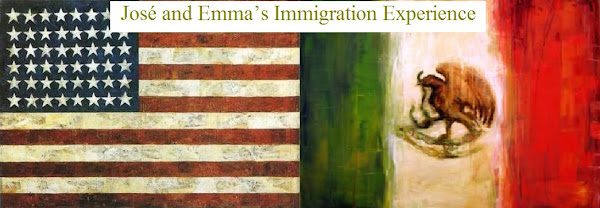We have been in Cholula, Puebla for 4 nights now after visiting for a planned day trip on Monday. We kept thinking we would write a blog post the next day, when we had finished with the exciting things, but they just haven't ended. I think we could actually live here, or at least stay for the month we have left, if we get to go home in November. It is the most comfortable place we have been in Mexico and it is exciting, too.
There is an amazing pyramid here, and so much culture and history. The Cholula pyramid is known as the largest pyramid in the world. It is not the tallest, but it is largest by volume. I studied the pyramid and ancient people in a class at Santa Rosa Junior College called "Mesoamerican Origins of Latino Culture." It sounded great in the class, but it is so much better in real life than I had even imagined.
This is one of the oldest continuously occupied towns in the world, and the oldest in Latin America. It's first inhabitants were the Chichimecas around 1700 BC, who were displaced by the Olmecas Xicalancas in the 4th century before Christ. The Chichimecas built the first level of the Cholula pyramid betweeen 200-100 BC. The first pyramid was made out of adobe brick, and the outlines of the bricks can still be seen in parts of the pyramid. They have turned into dirt, but the shape of each brick can still be seen as if they are still intact. In 1000 AD, the Toltecs dominated the region. Later, the Aztecs ruled, who were still in place when Cortez arrived in 1519.
In typical Mesoamerican fashion, the original pyramid was covered with later and larger structures. Altogether, there were four pyramids built. The last pyramid was huge. It was made of stone, and would have been covered with stucco. The flat top of the pyramid would have had temples built on top, likely out of wood. There is an exposed courtyard that has altars on three sides that we were able to walk through. We saw carved stones, rare murals with starfish, and the remains of many rooms and buildings. One part of the pyramid has a steep staircase from the last and largest pyramid, which we walked up. Those stairs are steep! I don't know how people used to walk up multiple flights of those stairs, especially without falling.
There are tunnels at the base of the pyramid excavated by archaeologists in the 1930's. We walked through about 800 feet of these narrow tunnels. Although it was scary, it really gave us a sense of how solid and impressive the pyramid is. It really is all brick on brick and unbelievably massive.
At some point, and for an unknown reason, the pyramid was covered with a mound of dirt. Because of this, the pyramid was lucky enough to survive the Conquistadors. When Cortez arrived, he built a church on top of the pyramid, thinking it was just a hill. The Catholic Church, built in 1594, still stands and is quite impressive itself.
This was the first ancient site we have visited, and we loved it. It was an intense feeling to be standing in ruins from so long ago, where people used to live and spend their time. We really wish we could see it as it was before, and meet the people and culture that used to be there.
As well as all the history, the town is clean and fun, and the people are great. We have had a great time here, and will definitely return whenever we visit Mexico.
-Emma
Friday, October 2, 2009
Subscribe to:
Post Comments (Atom)

No comments:
Post a Comment